In 2019, it has become fashionable again to use chiffon dresses in looks. In them, the girl looks gentle and airy. The model can be both casual and evening wear, the style is simple and imaginative. The flying chiffon fabric creates the impression that the girl is wearing a cloud. At the same time, neutral, gentle shades are perfect for the product.
Features of style and material
The material is variable - the style depends on the type of fabric. Transparent, light dresses with lining - evening, casual fashion. Thick chiffon is used for sewing office, street sarafan. For this reason, the market of products is replenished with various types of models every year. The main advantage of this product is the variety of models.

Chiffon has been used for several decades. At the same time, some models have become canon and constantly appear on shows of famous brands.
Please note! The dress is suitable for both a 20-year-old girl and a 50-year-old woman and for any type of figure.
The style is divided into 2 categories:
- casual: summer, business and beach;
- Evening: formal, wedding and dressy looks.
A chiffon dress is considered a luxury, accessible to any fashionista, since the material is low cost.
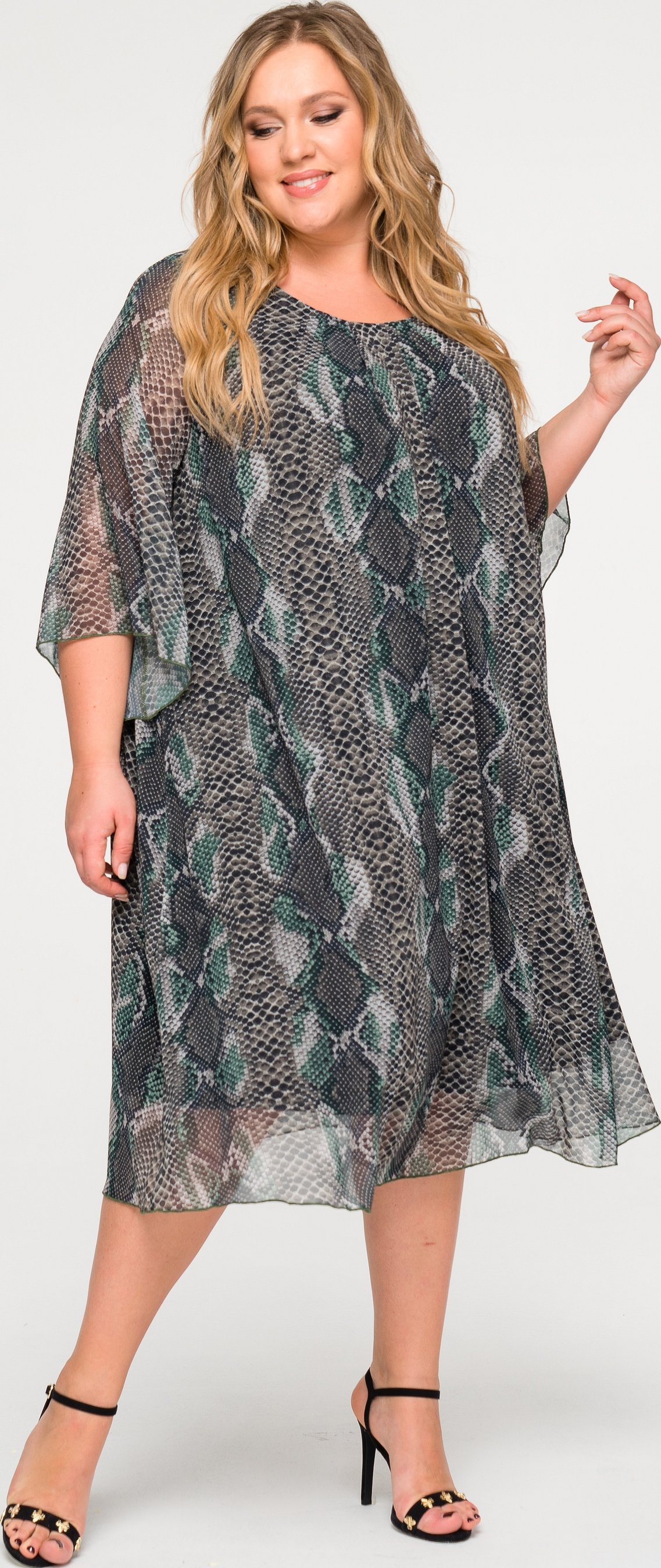
How to take measurements for a dress
Measurements for the dress:
- Half-girth of the neck - POsh. The measurement is taken near the base of the neck. The centimeter tape is placed at the base of the neck, behind the seventh vertebra and in front, closing at the jugular notch. When constructing, the half value is used.
- Half-girth of the chest 1 — POg1. The measurement is taken along the lower angle of the shoulder blades, touching the back angle of the armpit. In front, the tape is passed over the mammary glands. When constructing, the half value is used.
- Half-girth of the chest — POg2. This measurement is taken immediately after step 2. The tape passes over the protruding points of the mammary gland. When plotting, the half value is used.
- Half waist circumference - POt. The narrowest place on the figure is pulled with a thread and the measurement is taken. When constructing, the half value is used.
- Half hip circumference - POb. To take the measurement, place the tape around the most prominent points of the buttocks on the hips. When measuring, loosen the tape by placing your palm under it. When plotting, use the half value.
- Half chest width - ПШг. The measurement is taken above the mammary glands through the front corners of the armpit. When measuring, you cannot increase the measurement because the armhole will be narrow. When constructing, use the half value.
- Centers of the mammary glands - Cg. The measurement is taken through the protruding points on the chest. When constructing, half the value is used.
- ½ back width — ПШс. The measurement is taken horizontally through the back upper corners of the armpits. Do not increase the measurement, as this may result in a narrow armhole. When constructing, use half the value.
- Shoulder width - ШП. The measurement is taken from the highest point of the shoulder to its end. You can add or subtract 1.5 cm if desired.
- Back length - DL. Start taking measurements from the mark on the waist along the spine to the shoulder point. It is considered a balance measurement - it is measured using a shoulder pad.
- Chest height - CH. From the protruding point of the shoulder to the protruding point of the chest.
- Front to waist length - FWL. Removed together with step 11 to the waist mark.
- Product length — DI. The measurement is taken from the mark on the waist to the knee. The full length is equal to DS + DI.
- Arm circumference - OR. It is taken around the arm with touching the back corner of the armpit.
- Wrist circumference - WCG.
- Wrist circumference - OK. At the widest point of the wrist.
- Sleeve length - DR. From shoulder to wrist.
- Chest width - W.H.

Construction of a pattern for a chiffon dress with long sleeves
Materials:
- special marker;
- scissors;
- threads;
- needle;
- sewing machine;
- lace or trim for decoration.
The pattern of a dress that has a sleeve is similar to a standard sleeveless dress. The exception is the peculiarity of constructing the sleeve. It is necessary to specifically determine the length and volume in order to correctly construct the pattern.
Additional information! For long sleeves you need to measure OR and OK.
After constructing the pattern, you can begin sewing the product.
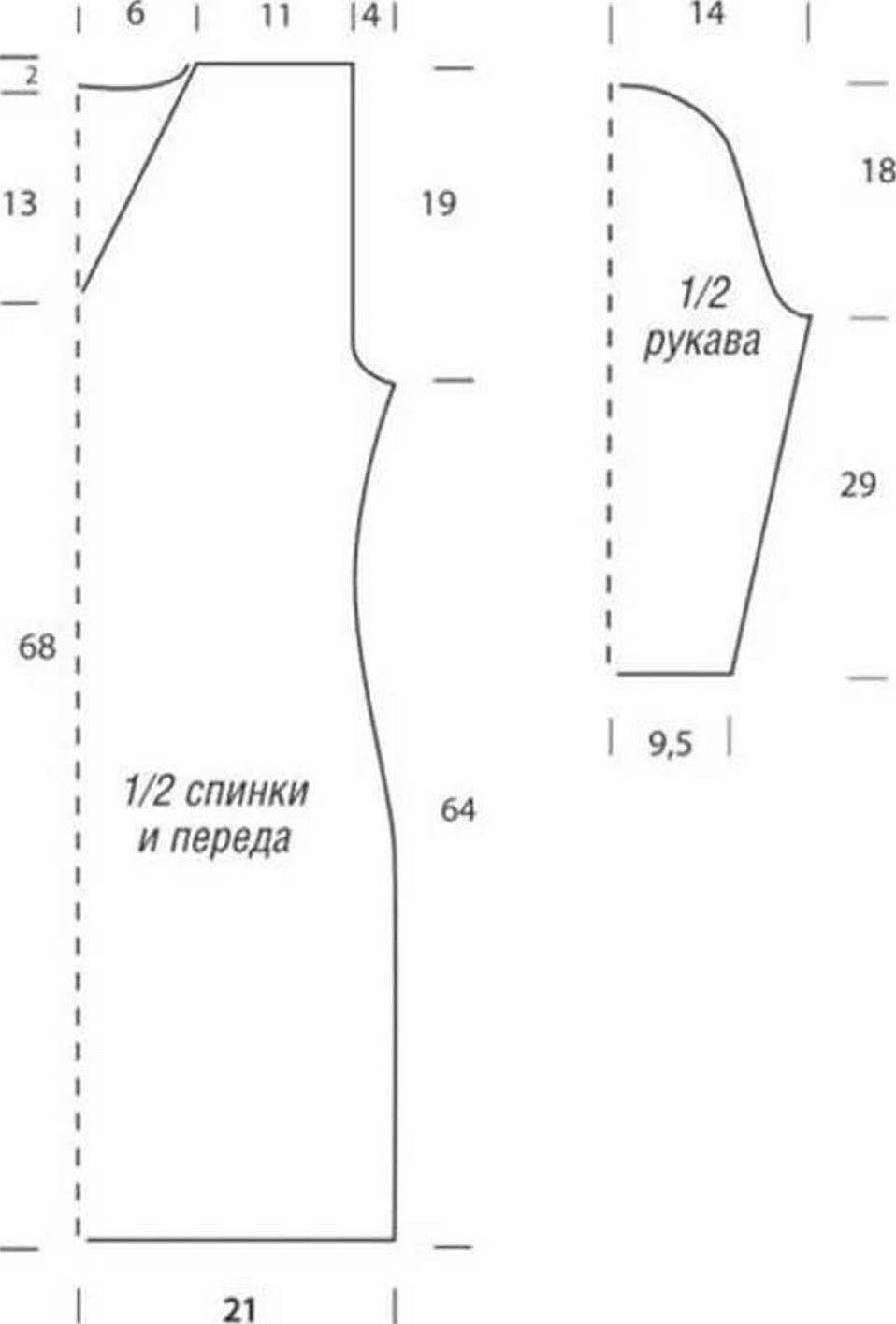
Rules for working with fabric: cutting
To cut fabric without problems, you need to follow certain rules:
- Select tools. The materials listed above are those that will definitely be needed when sewing the product. It is better to buy high-quality tools that will last for a long time.
- Decating procedure. It is ironing the fabric to prevent the possibility of shrinkage. For natural fiber material, it is necessary to immerse the material in warm water and then dry it.
- Defects. It is necessary to check the material for stains, weaves, holes, and changes in paint color. After detecting defects, they must be circled with a special marker and kept in mind when cutting the fabric.
- Determine the front side.
- Determine the direction of the pattern, pile, shade.
- Lay the material face down on a large, clutter-free table.
- Lay out the pattern pieces. It is recommended to lay out the larger pieces first, then the smaller ones. Place the half pieces on the fold.
Please note! All parts are laid along the grain line.
- Transfer the pattern diagram onto the fabric, marking the main points with a special marker. The thickness of the lines is no more than 1-2 mm.
- Seam allowance. After transferring the pattern to the fabric, allowances are added. For chiffon, it is better to make them larger.
- Cutting out the parts. This section includes checking the accuracy of the pattern layout, the size of the allowances, and checking all points 1-9.
Additional information! Chiffon is a transparent fabric, so it is recommended to cut the material in half, or use an opaque fabric for the lining.
After cutting out the parts, it is necessary to cut out the parts of the product along the seam allowance line. If there is a significant thickness and density, it is necessary to cut out the layers of fabric one by one.

How to sew a dress with your own hands
Step-by-step instructions for sewing the product:
- Cut out the pattern pieces from the fabric and secure them with an overlock stitch to their intended location. This will help with adjustments and error correction. You can also secure the pieces with pins.
- Before sewing, it is recommended to iron the seams.
- Sew shoulder seams. You can also design the neckline in sequence.
- Sleeves. Sew the dress sleeves to the armhole, tucking in the seam allowances.
- Repeat with the pieces on the opposite side.
- Sew the side seams and bottom part using a sewing machine.
Important! There is no need to stretch the material, as this may lead to deformation.

- Finish the side seams with a zigzag stitch. This will prevent the fabric from fraying and crumbling.
- A zigzag stitch is also used to process the bottom. The bottom can also be processed with lace at this stage.
- Remove basting stitches.
- Iron the product.
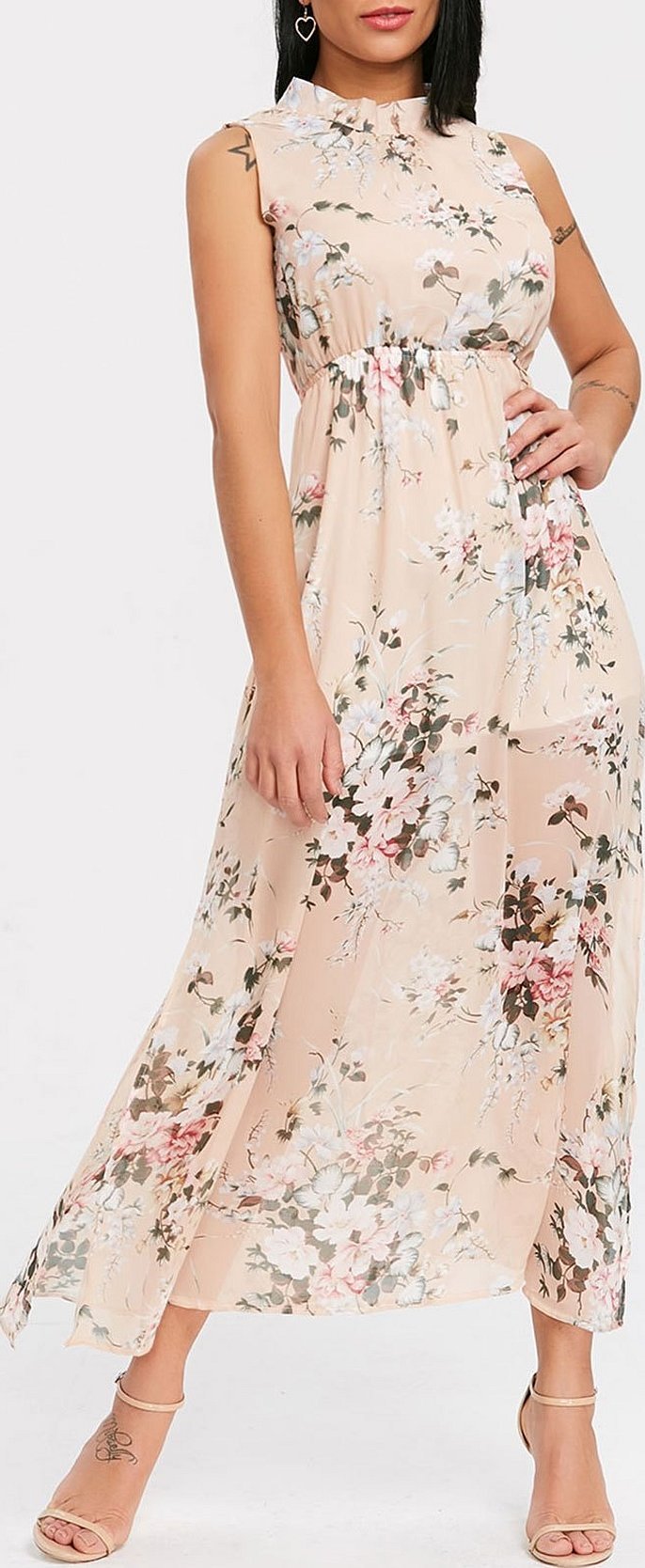
Sewing without a pattern
A light floral dress made of chiffon or, for example, a polka dot print is perfect for summer and heat. Below is a method for sewing a product that has an asymmetrical bottom. Its peculiarity is that it fits tightly to the body, and from the waist it expands.
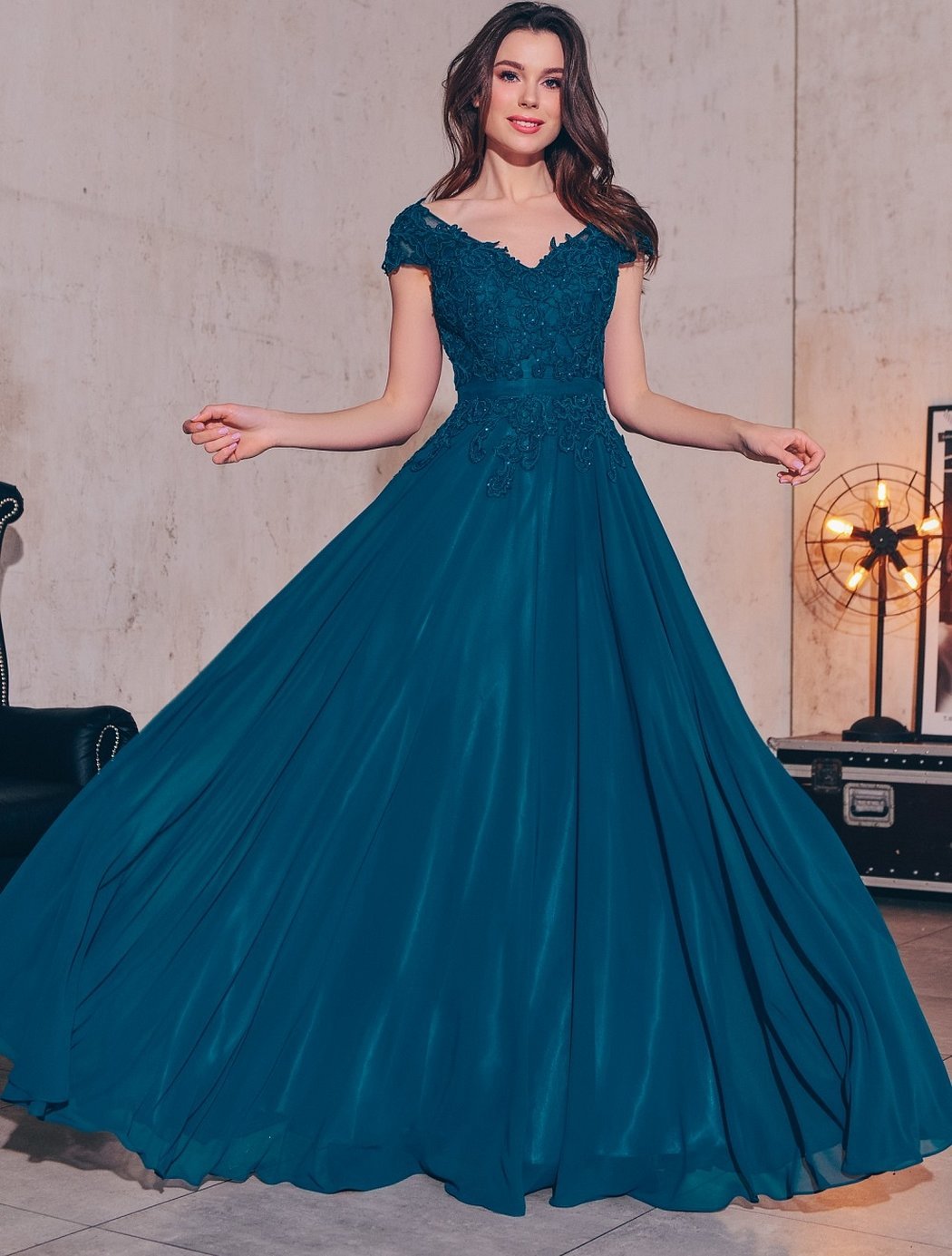
Instructions:
- Trace the T-shirt onto the fabric, taking into account seam allowances and modeling the neckline.
- For this model, you do not need to make darts at the waist, but you can make them on the chest by increasing the armhole by 1.5-2 cm.
- From the back side, from the waist line, make a flare in the shape of a trapezoid and design the neckline of the product.
- Do the same with the front of the product.
- For the skirt, cut out a rectangle. Length - optional. Width - from 140 cm.
- In the opposite direction from the fold line, measure up to 11-12 cm for the smell.
- Put down the length of the front of the skirt, adding seam allowances.
- Draw a diagonal that curves smoothly from the front length point to the bottom point of the corner.
- Finish the bottom of the product with a seam.

- Sew an elastic band at the top.
- Sew the top of the product to the bottom.
- Cover the bottom with lace if desired.
- Iron the dress.
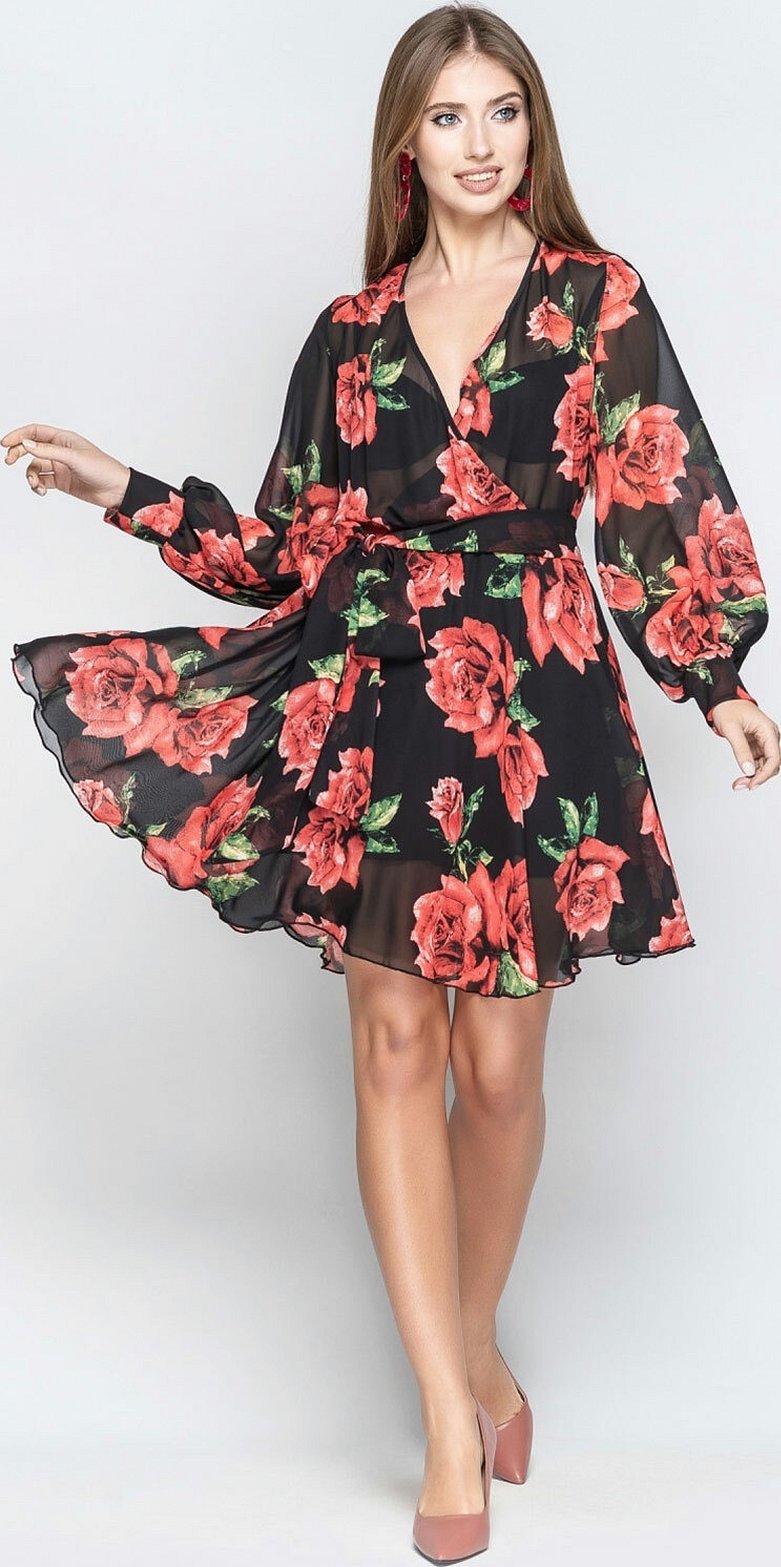
How to wear chiffon correctly
Rules:
- In some cases, it is better to wear a white or flesh-colored T-shirt under the dress.
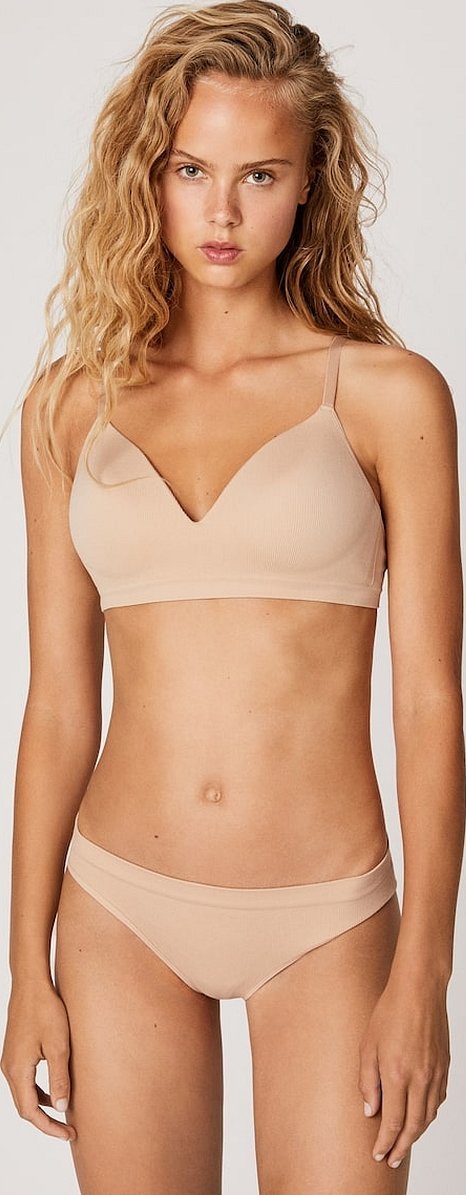
- It is better to choose loose-fitting dresses, since chiffon, by its nature, should flow and fall down, and not cling to the body.
- It is important to carefully think through your look, from underwear to accessories.
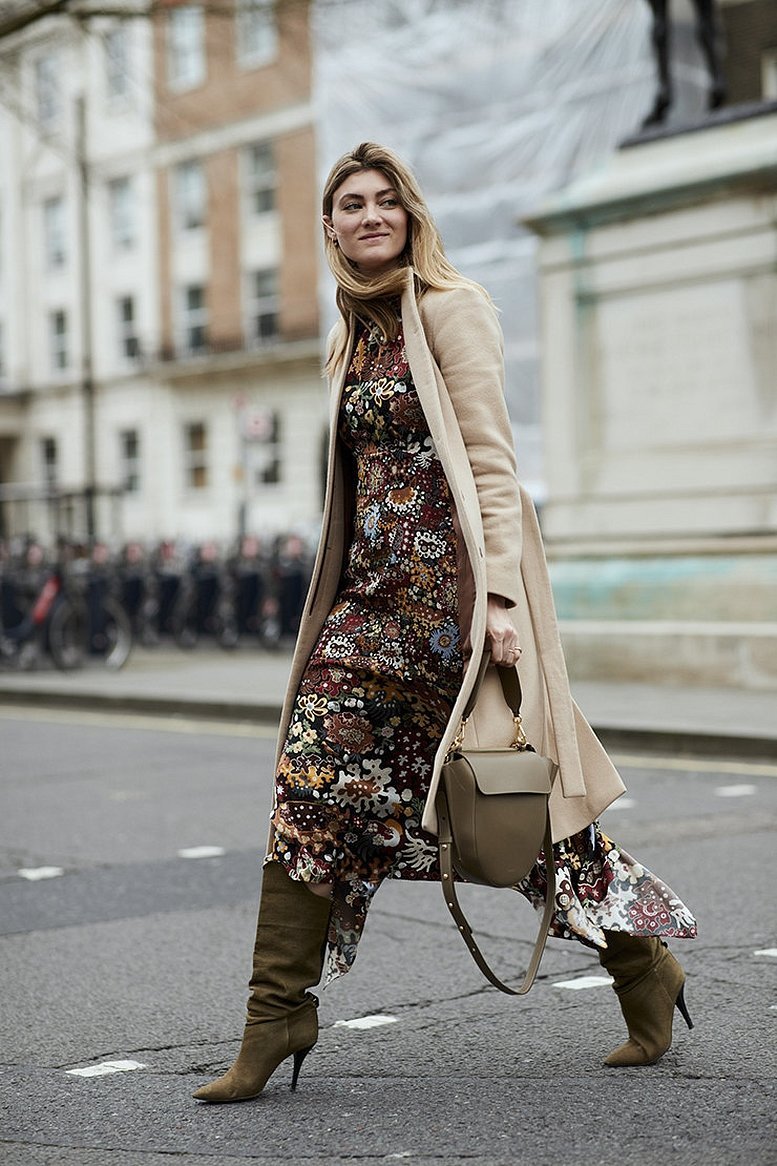
- Since chiffon is transparent, it is recommended to wear nude-colored underwear under dresses.
Important! Girls often think that it is more correct to wear white underwear, but it looks vulgar and attracts the attention of passers-by.

- It is also better to choose smooth underwear for a chiffon dress, leaving lace items for another occasion.
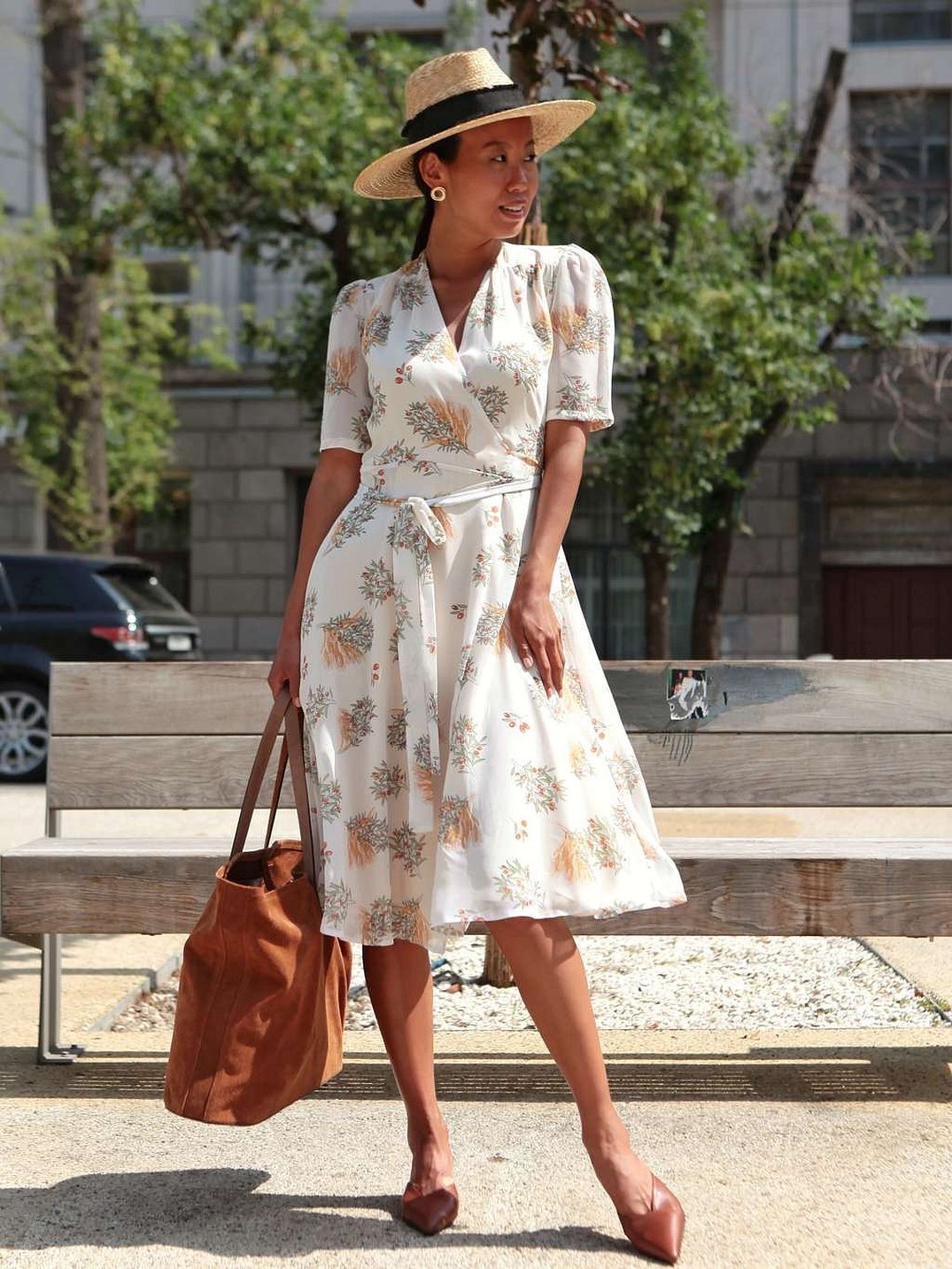
- Experiment with your look. For example, in 2019, layered looks with different combinations of fabric types, colors, and accessories are popular.

The main thing is to feel confident in the chosen image. Products made of this material are suitable for a girl of any type of figure, since the flowing fabric visually stretches the image and hides flaws.




